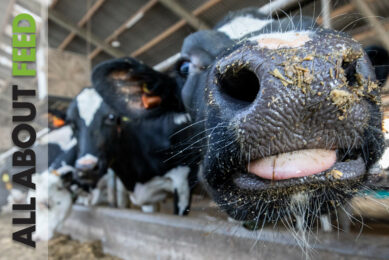DDGS viable alternative for fishmeal rations in aquaculture
In Japan, a recent distillers’ dried grains with solubles (DDGS) fish feeding trial proved that DDGS offer a viable alternative to high priced fishmeal rations in trout diets.
The fish produced using US DDGS were found to have equal or greater quality meat while produced with lower input costs.
The U.S. Grains Council (USGC) conducted the trial at a rainbow trout commercial aquaculture farm in the Aichi Prefecture in response to the rising cost of fishmeal, a high demand ingredient throughout Asia with limited supply.
Lowering feed costs
Akio Yonehana of the Aichi Trout Farmers Cooperative Association presented the results at a DDGS seminar conducted in Tokyo and Sizuoka.
The trial showed that trout farmers can lower feed cost per weight gain by at least 10% by replacing 15% of the fishmeal inclusion with the high-protein DDGS.
There was also no yellow colouring in the muscles of the trout, showing whiter fish meat in the DDGS fed group.
“Conventional compound feed for rainbow trout in Japan includes fishmeal with an inclusion rate greater than 50%. The increased feed cost caused by expensive fishmeal cannot be passed onto consumers,” says Hiroko Sakashita, USGC associate director in Japan.
“The council’s feed trial aimed to find a less costly alternative to fishmeal so fish farmers can maintain a decent profit and continue production.”
Vegetable diet
With the result, the Japan Trout Promotion Association is confident in using DDGS inclusions with other vegetable derived alternatives, so that they can lower the feed cost and respond flexibly to volatile fishmeal prices.
Akihiko Kobori, chairman of the Japan Trout Farmers Association reported that his organization will continue the research, increasing the locations of trials using the high protein DDGS nationwide.
His goal is to reduce fishmeal content to 10% of the total feed and replace it with DDGS and other grain meals as an alternative protein source.
Since salmon and trout are closely related, the successful result with the aquacultural rainbow trout will leverage the validity of DDGS for feeding other carnivorous fish in fresh and marine waters, which is a globally expanding production.











